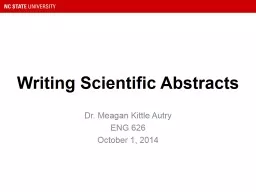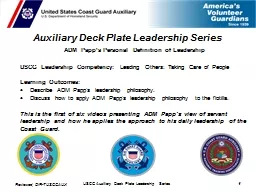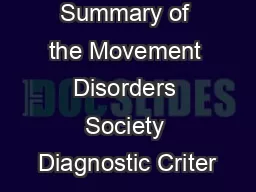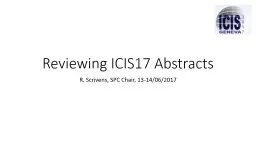PPT-GI SLIDE DECK 2016 Selected abstracts
Author : liane-varnes | Published Date : 2019-06-25
on Colorectal Cancer from Letter from ESDO DEAR COLLEAGUES It is my pleasure to present this ESDO slide set which has been designed to highlight and summarise
Presentation Embed Code
Download Presentation
Download Presentation The PPT/PDF document "GI SLIDE DECK 2016 Selected abstracts" is the property of its rightful owner. Permission is granted to download and print the materials on this website for personal, non-commercial use only, and to display it on your personal computer provided you do not modify the materials and that you retain all copyright notices contained in the materials. By downloading content from our website, you accept the terms of this agreement.
GI SLIDE DECK 2016 Selected abstracts: Transcript
Download Rules Of Document
"GI SLIDE DECK 2016 Selected abstracts"The content belongs to its owner. You may download and print it for personal use, without modification, and keep all copyright notices. By downloading, you agree to these terms.
Related Documents














